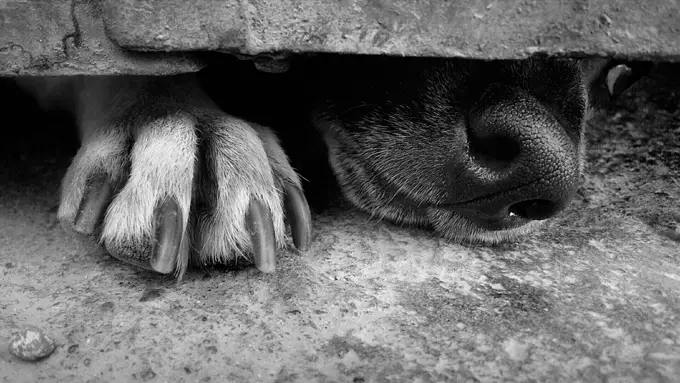It’s not uncommon for dog owners to face the unfortunate situation where their furry friend’s toenails bleed after a clipping. This occurrence can be alarming, but understanding how to manage it effectively is vital for your pet’s comfort and health.
Nail trimming is essential for the health and well-being of your dog. Overgrown nails can lead to various problems, including discomfort while walking, potential injuries, and infections. However, many pet owners shy away from regular nail clipping due to fear of cutting too deeply and causing bleeding. This fear can lead to neglecting the grooming routine altogether. Therefore, grasping strategies for safe and effective nail care is crucial for both owners and pets.
If you find yourself with a bleeding toenail, it’s important to act quickly. The first step is to apply styptic powder, which is a must-have for your pet first aid kit. This powder is specially formulated to stop bleeding quickly and can be easily found at pet stores or veterinarian offices. If styptic powder is unavailable, don’t panic; there are alternatives.
Using a clean cloth to apply direct pressure on the bleeding nail for approximately five minutes can help control the bleeding. Additionally, other home remedies such as pressing a bar of soap onto the nail or using flour or cornstarch can be effective in staunching the flow of blood. These household items create a natural clotting environment when pressed gently against the nail.
Once the bleeding has stopped, ensure that the toe has adequate time to heal properly. It is advisable to refrain from any further nail clipping for at least a day to allow the clot to set. After the initial rest period, you can promote healing by soaking the affected paw in a solution of warm saltwater for about five minutes, three times daily. This practice aids in reducing swelling and discouraging infection.
Always remain vigilant for any signs of infection post-bleeding. Watch for unusual behaviors such as reluctance to put weight on the paw, noticeable swelling, and increased sensitivity around the nail area. If any of these symptoms emerge, it’s critical to consult your veterinarian without delay. Early intervention can prevent a minor issue from escalating into a more serious concern.
Caring for your dog’s nails is an integral aspect of pet ownership. While bleeding toenails can be distressing, appropriate first aid measures can efficiently manage the situation. Equip yourself with the right tools and knowledge, and regularly monitor your pet’s paw health to ensure a happy and comfortable life for your furry friend. Through proactive care, you can mitigate the risks associated with nail trimming and enhance your dog’s well-being overall.

